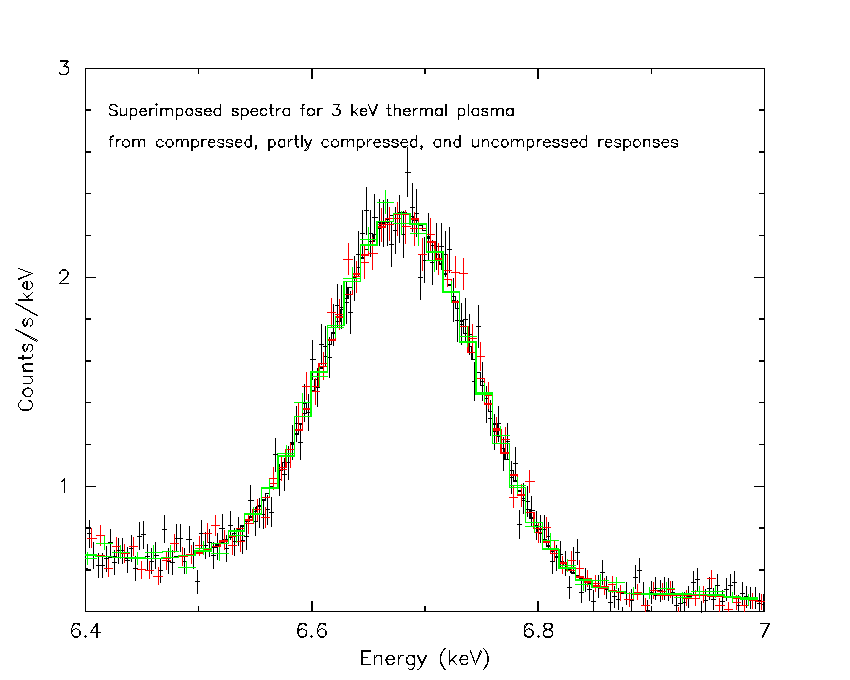The time taken by XSPEC to perform a fit is determined by a combination of the time to evaluate the model and to multiply the model by the response matrix. The former will scale as the number of energies and the latter as the number of non-zero elements in the response.
The standard Suzaku XIS response matrices have more energies and channels than required for most applications leading to fitting in XSPEC taking considerably longer than necessary.
The response matrix can be compressed in both channel and energy space using the rbnrmf tool. A response file compressed in channels must be matched with a spectrum file similarly compressed; this can be done using rbnpha. The energies in the response file must match those in the arf so if compressing in energy space it is best to first combine the rmf and arf using marfrmf then perform the energy rebinning. Note that there was a bug in the energy rebinning option of rbnrmf so you should install HEAsoft 6.4 or later if you intend to use this.
Our experience is that there is no loss of accuracy when using the following rebinning schemes : bin channels 0 - 547 by a factor of 2, 548 - 2207 by 4, 2208 - 4095 by 8; bin energies 1 - 900 by 2, 901 - 4004 by 4, 4005 - 7900 by 8. This reduces the size of the response matrix by a factor of 20 and the number of energy bins by a factor of 5.
A good strategy to test whether you can safely apply this compression is to perform initial fits with the binned up spectrum and response then switch to the unbinned files to check whether the best-fit parameters change.


